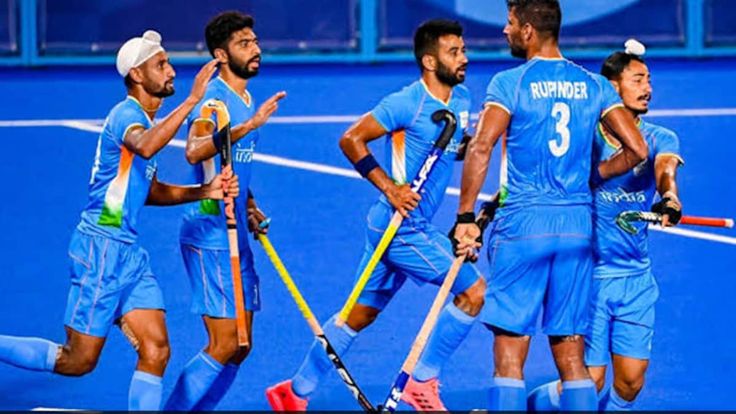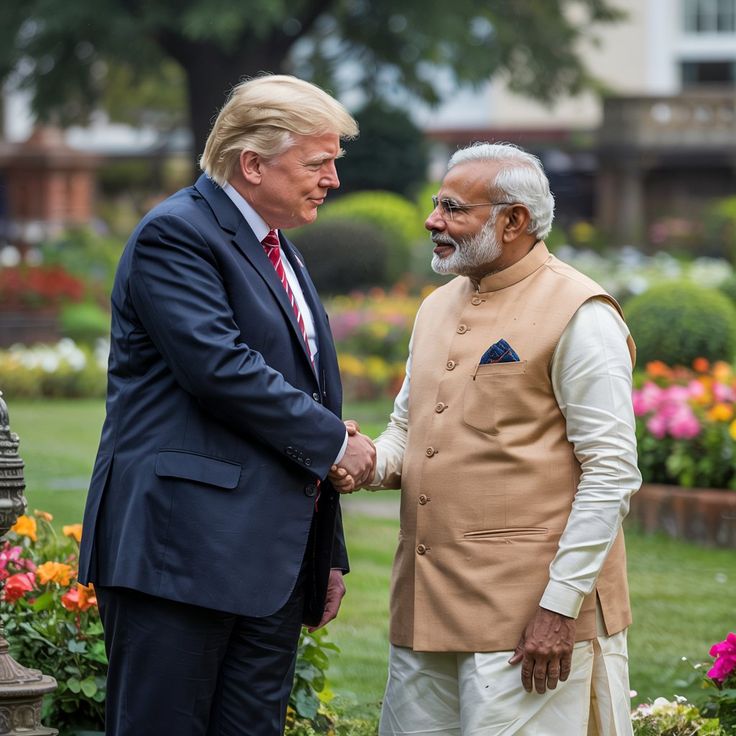India defeated Japan 3-2 to win Pool A in a thrilling Hockey Asia Cup 2025 match. From Mandeep’s opener to Harmanpreet’s drag-flick and Shamsher’s decisive strike, the Men in Blue held firm against Japan’s late surge, proving resilience matters as much as flair in big tournaments.”
In a pulsating encounter that kept hockey fans on the edge of their seats, India defeated Japan 3-2 in their final Pool A match of the Hockey Asia Cup 2025, securing the top spot in the group and booking their place in the next round with renewed confidence. The match, played at the newly renovated Kuala Lumpur Hockey Stadium, showcased everything that makes the sport of hockey thrilling — attacking flair, defensive resilience, tactical battles, and nerve-wracking final moments.
A Match That Had Everything
India entered the contest as pool leaders after consecutive wins against Bangladesh and South Korea, but Japan — known for their speed, agility, and relentless pressing — posed the toughest challenge yet. True to form, the Japanese side gave India little breathing room, forcing mistakes and launching quick counterattacks.
The opening quarter saw India dominate possession, but it was Japan who almost drew first blood with a close-range effort in the 7th minute. Goalkeeper Krishan Pathak, however, made a crucial save that set the tone for India’s defensive grit. Soon after, India struck. Mandeep Singh, displaying his trademark poacher’s instinct, latched on to a cross inside the circle and finished with precision in the 12th minute, giving India a 1-0 lead.
The second quarter was even more intense. Japan, refusing to be subdued, equalized in the 21st minute through Kenta Tanaka, who capitalized on a defensive lapse to beat the Indian custodian. The contest turned into a high-tempo battle, with both sides trading attacks. Just before halftime, India restored their advantage with a penalty corner conversion by drag-flick specialist Harmanpreet Singh, whose powerful strike found the top corner.
India Take Control, Then Face a Scare
The third quarter belonged largely to India. Young strikers Abhishek and Vivek Sagar Prasad used deft runs to stretch the Japanese defence, while their midfield, captained by Manpreet Singh, dictated the game’s pace. India’s efforts bore fruit in the 42nd minute when Shamsher Singh scored from open play after a slick build-up. With a 3-1 cushion heading into the final quarter, India looked comfortably in charge.
But Japan are never a team to go down quietly. Their reputation for late surges was once again on display. In the 52nd minute, Japan pulled one back through Koji Yamasaki, who finished a fast counterattack that caught India’s defense napping. The final eight minutes became a nerve-test for the Men in Blue, with the score at 3-2.
Japan threw everything forward in the last minutes to earn consecutive penalty corners. But India’s defensive unit — marshaled by Surender Kumar and supported by the brilliance of goalkeeper Pathak — stood tall. The final whistle brought huge relief to the Indian camp, sealing a narrow but vital 3-2 victory.
Key Performances
Several players stood out in India’s crucial win:
- Mandeep Singh: With deft timing and a crisp finish, he opened the scoring.
- Harmanpreet Singh once again demonstrated why he is one of the world’s top drag flickers.
- Shamsher Singh: His third-quarter strike gave India the breathing space they needed.
- Krishan Pathak: Made saves that defined the game, especially in the dying minutes.
- Manpreet Singh: Controlled the midfield with his calm presence and distribution.
On the Japanese side, Kenta Tanaka and Koji Yamasaki were relentless, constantly testing India’s defense with their pace and creativity.
Reactions After the Match
After the difficult victory, Indian coach Craig Fulton praised his team’s perseverance.
Japan is one of the most difficult teams to play against due to their intensity. I’m pleased with our guys’ ability to remain composed under duress. The fact that we won the pool is more significant than whether we could have won the game sooner, he stated.
Captain Harmanpreet Singh echoed the sentiment.
“We knew Japan would come hard at us, especially in the last quarter. We stayed disciplined and trusted our structure. This win gives us confidence as we move forward in the tournament,” he noted.
Japanese coach Akira Takahashi, meanwhile, expressed disappointment at the result but praised his players’ spirit.
“We pushed India to the limit. Small mistakes made the difference, but we showed we can compete with the best. We will take the positives into the next matches.”
Why This Win Matters
India’s victory not only ensured they finished top of Pool A but also boosted their morale heading into the next stage of the tournament. By avoiding an early clash with defending champions Pakistan in the crossover stage, India has given itself a smoother path to the semifinals.
Beyond tournament mathematics, the win also reflects India’s growing maturity in handling high-pressure situations. In the past, India has sometimes faltered in the closing moments of big matches. This time, despite conceding late, they held their ground, showing resilience that will be crucial in the knockout rounds.
Hockey Rivalries in Asia
The Asia Cup has long been a battleground where traditional hockey powerhouses like India, Pakistan, South Korea, and Malaysia clash with emerging forces such as Japan and China. In recent years, Japan has steadily risen in the hockey world, especially after their gold medal win at the 2018 Asian Games. Their speed and tactical sharpness have made them a formidable opponent, often troubling bigger teams.
For India, the tournament is not just about regional supremacy but also about preparing for bigger challenges on the global stage — including the FIH Pro League 2026 season and the Los Angeles 2028 Olympics. Matches like this one against Japan are vital testing grounds for the team’s depth, strategy, and adaptability.
Fans and Atmosphere
The atmosphere inside the Kuala Lumpur stadium was electric. With sizable contingents of both Indian and Japanese fans in attendance, the crowd was treated to a rollercoaster contest. “India, India!” was chanted by the Indian supporters. every time the team attacked, while Japanese fans responded with rhythmic drumbeats.
Social media too was abuzz. Former players like Dhanraj Pillay and Sardar Singh congratulated the team, while fans hailed Krishan Pathak’s heroics in goal. Hashtags like #AsiaCupHockey2025 and #INDvJPN trended across platforms.
What Lies Ahead
With this victory, India progress as group leaders and will next face the second-placed team from Pool B, likely Malaysia. That clash promises to be another stern test, as the host nation will enjoy massive crowd support.
Japan, meanwhile, is still in the running for a semifinal berth despite the defeat. Their tenacity against India highlights their ability to compete seriously in the competition.
The India vs Japan 3-2 clash at the Hockey Asia Cup 2025 will be remembered as one of the most gripping matches of the group stage. India showcased attacking brilliance, moments of defensive vulnerability, and, most importantly, the mental strength to hold on under immense pressure.
As the tournament heads into its decisive phase, India’s ability to survive this late scare may prove to be a turning point — a reminder that champions are not just defined by dominant victories but also by the resilience shown in the toughest of battles.
For now, India can celebrate topping Pool A, but coach Craig Fulton and his players know that the bigger challenges lie ahead. If this match is any indication, hockey fans are in for more thrilling encounters as the Asia Cup 2025 unfolds.
Related News: Read More




Pingback: Vidushi Diksha 216 Hour Bharatnatyam Dance World Record